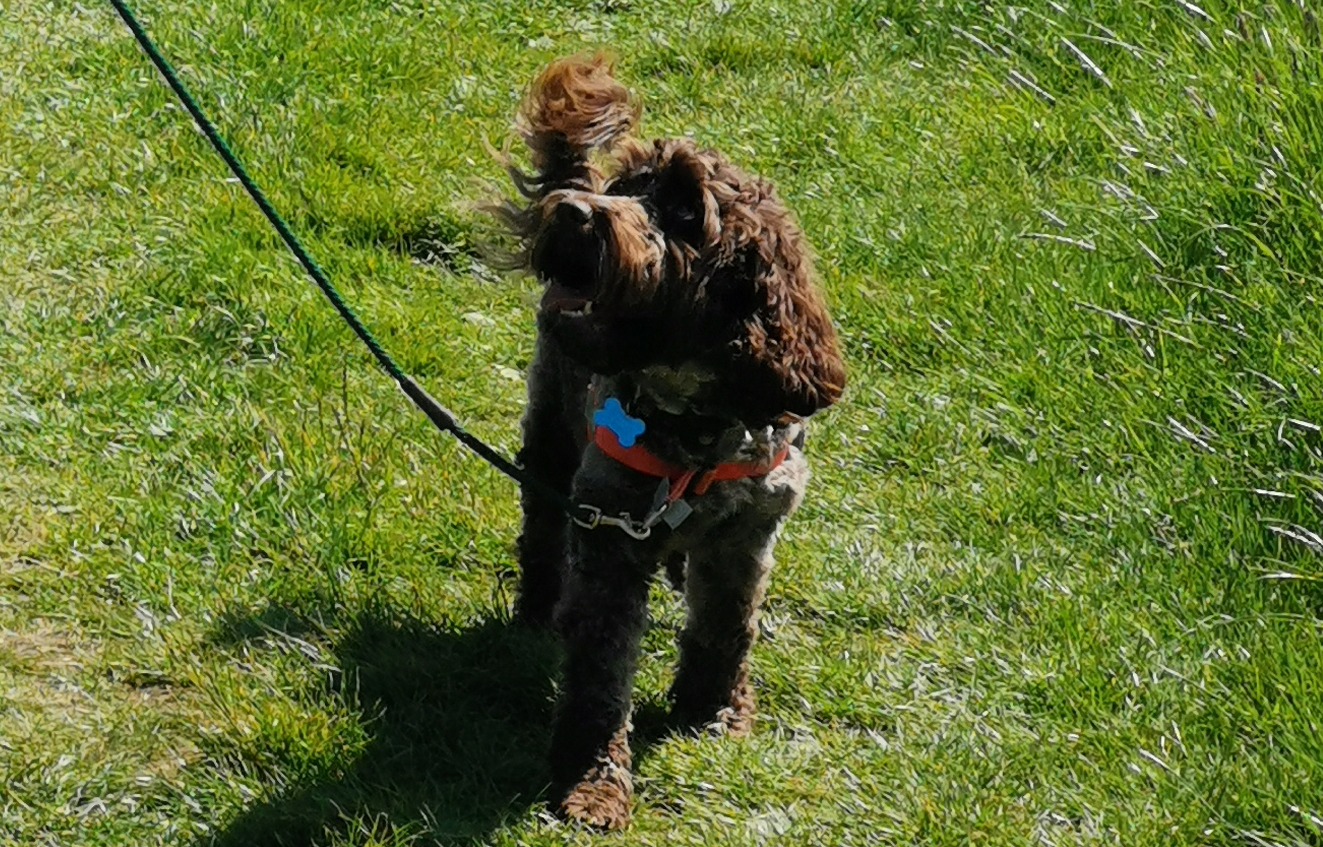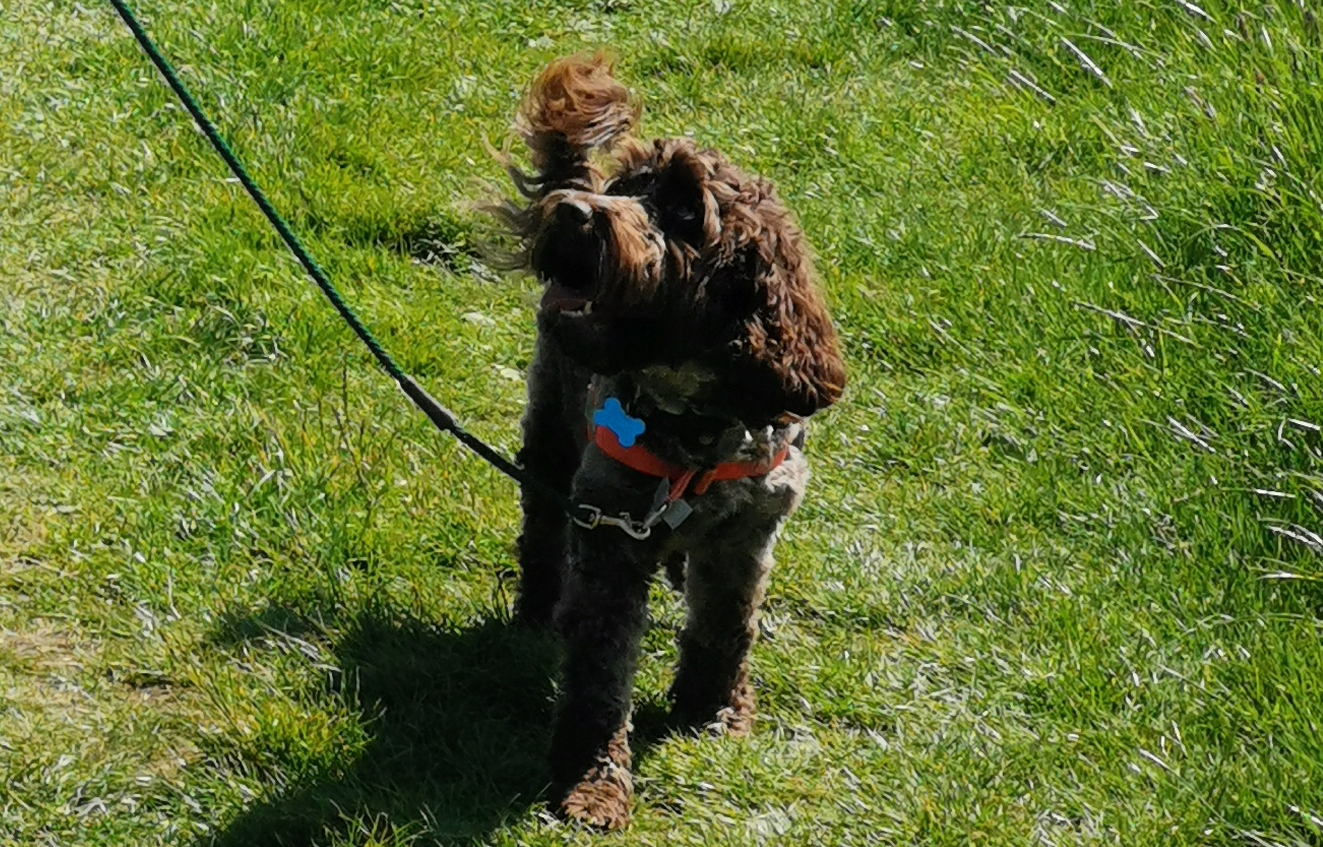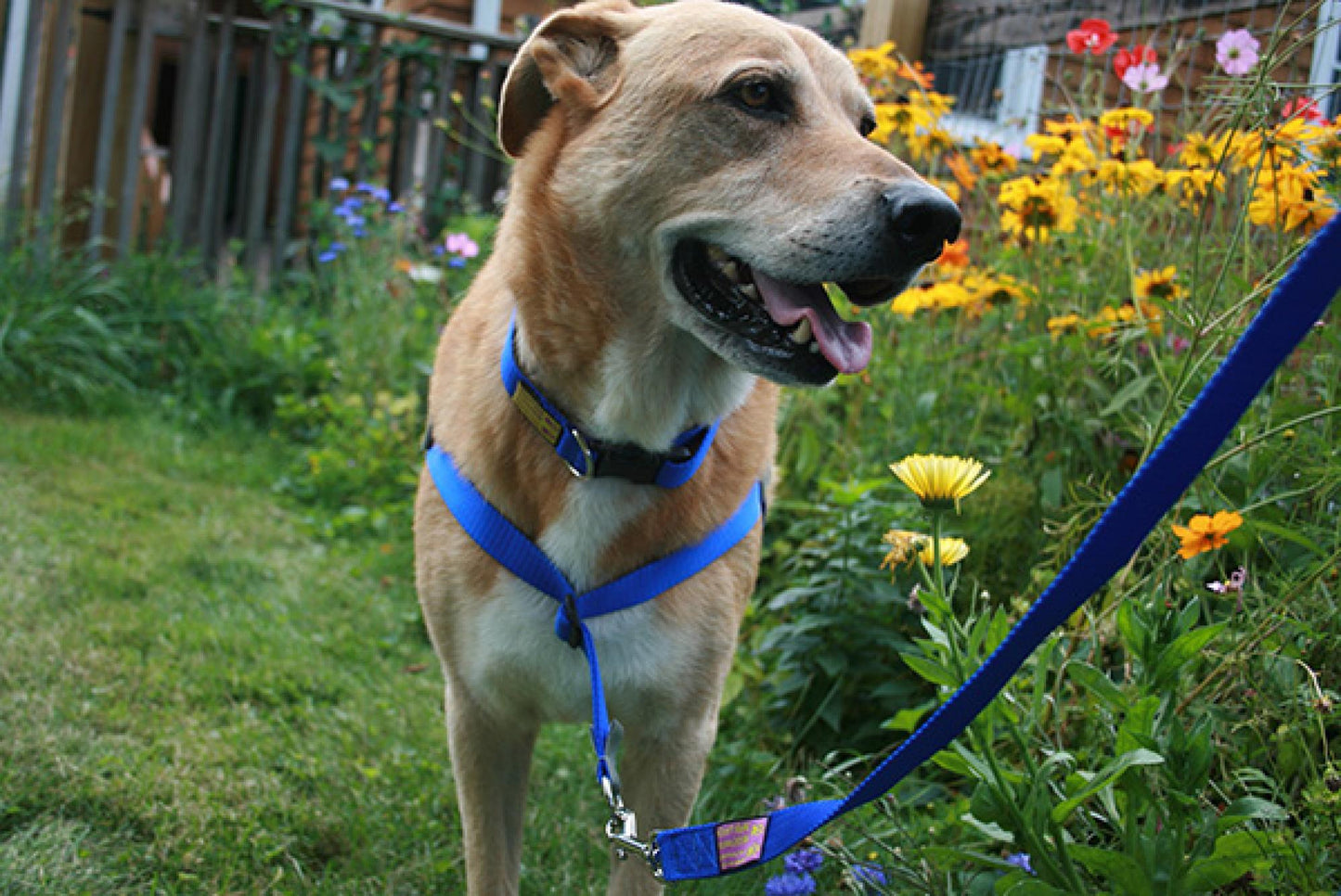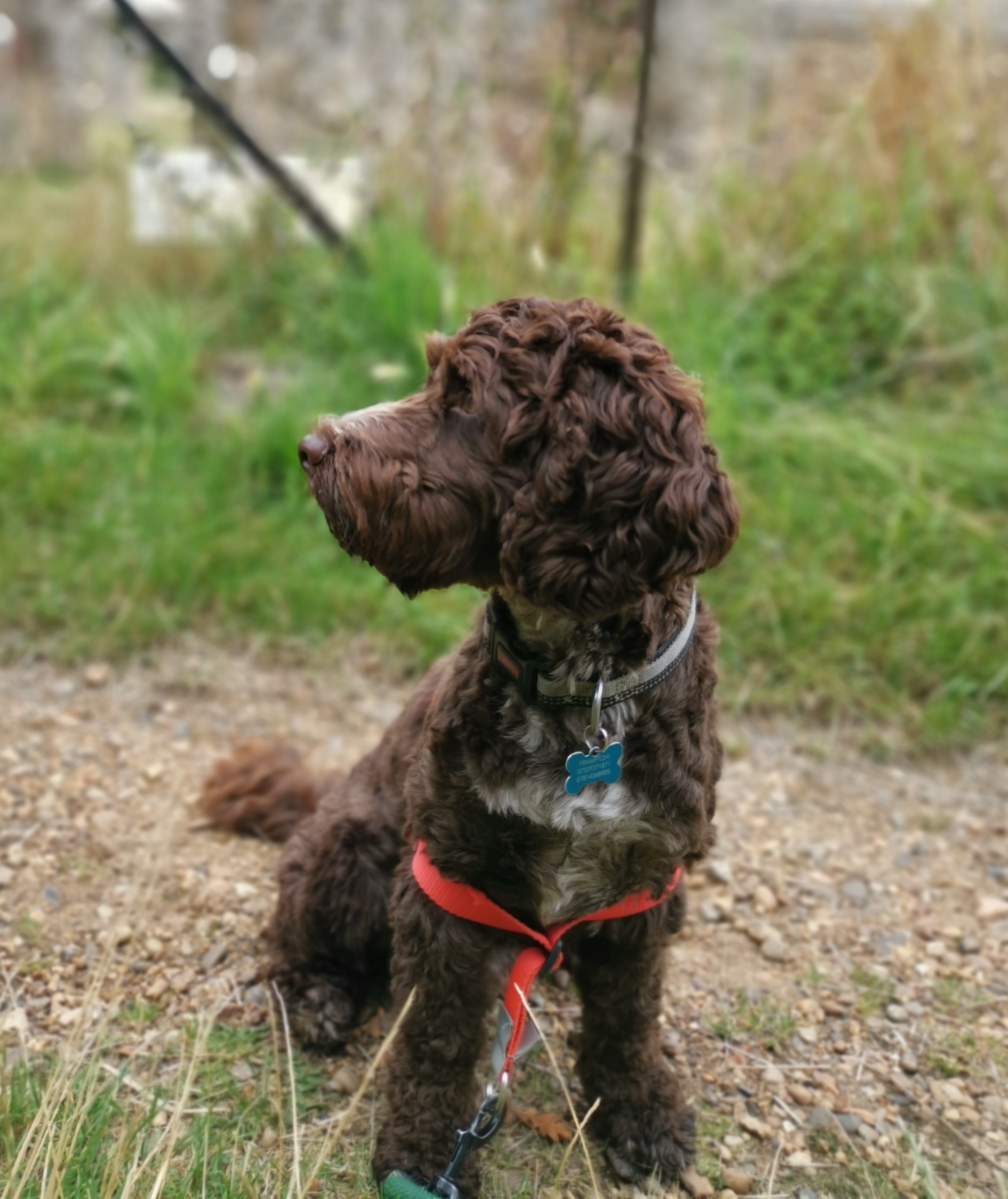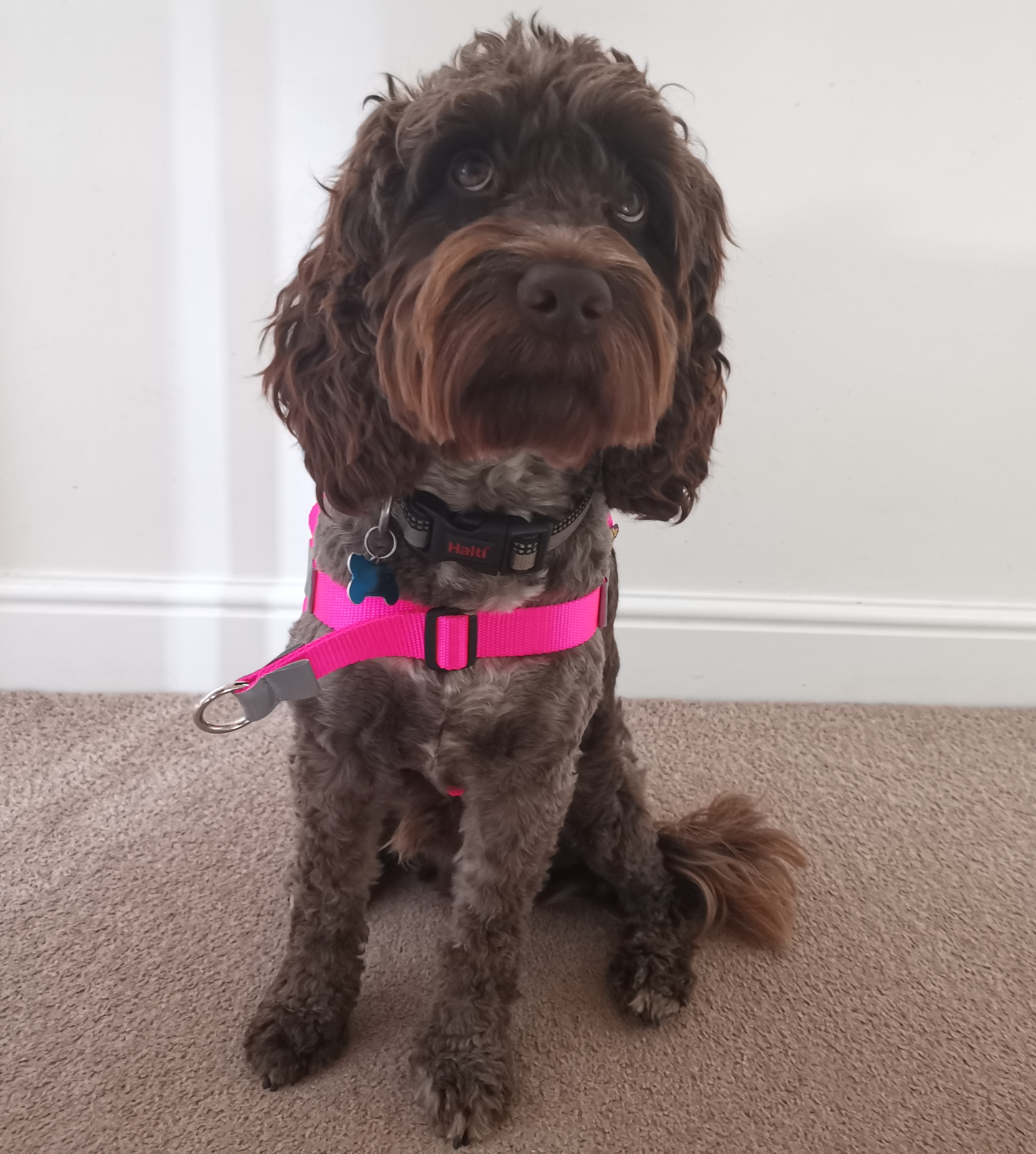There are various safety measures and devices available to help transport your dog securely in the car. It is critical that you select a solution that is appropriate and comfortable for your pet, as well as ensuring the system is correctly fitted and fastened within the car.
It is the driver's obligation, according to The Highway Code's Rules About Animals, to:
“Make sure dogs or other animals are suitably restrained so they cannot distract you while you are driving or injure you, or themselves if you stop quickly.”
If you were involved in an accident caused by your dog distracting you while driving, you may be charged with 'dangerous driving.' Car insurance companies may also require you to restrict your pet, so please check your policy.
How should you transport your dog in the car?
- Crate; Crating your dog will help keep them safe and secure while travelling in the car. If you have already crate trained your pet, this often means they will be more relaxed and calm being in the car.
- Travel Harness; Pet-friendly harnesses come in a variety of sizes. Simply fit them onto your pet and clip into place, making it safe for your pet to sit on the front or back seat, or in the boot. Find out more about our Walk Your Dog With Love Seat Belt.
- Carrier; A pet carrier is a portable and light alternative to a metal crate and can be easier to pack if you're staying away from home.
- Boot gate; If your dog prefers to sit in your boot, it is also recommended to fit a boot gate to prevent them from jumping through to the front of the car. A boot gate also protects your dog and passengers from harm during an accident. Your dog will still need to be secured using a harness or crate while in the boot.
Can my dog travel in the front seat?
Yes, dogs can travel in the front of the car if they are secure and cannot interfere with the driver. You should also ensure that the passenger airbag is switched off as they are not designed for the shape or positioning of your dog.
How to make the car journey more comfortable for your dog
Traveling in a car can be stressful for your dog, and the motion might make them carsick. It's essential to start introducing your pet to being in the car as early as possible as part of their socialisation training. Exposing puppies to this environment at an early age will desensitise them and get them acclimatised to the movements. When travelling, some dogs enjoy looking out of the window and is part of the car journey. However, anxious dogs can benefit from being in a crate with no view of the window and less stimulation allowing them to snooze and fall asleep.
We recommend starting with a crate and limited stimulation especially for puppies. Travel socialisation can be built up, starting with short distances and extending to longer distance car journeys. Treats and lickimats can help make these new experiences positive and reinforce your pet that they have behaved well.
Things to DO for travelling in the car with your dog:
- Secure your pet using a harness, crate or carrier
- Ensure you have plenty of water for refreshment breaks
- Try to ensure any aircon is not directed straight at them as this will be uncomfortable.
- If you need a window open, ensure it is not wide enough for them to get their head out or, even worse, jump out.
- Take regular stops; 2-3 hours for an adult dog and 1-2 hours for younger dogs. This will give them a chance to stretch their legs, rehydrate and do their business
- Provide familiar surroundings to help keep them calm; i.e. favourite rug, towel, toy.
- If your pet suffers from motion sickness, talk to your vet about possible travel medication.
Do NOT...
- Allow your dog to travel with their head out of an open window. There is a high chance they will get something in their eyes, mouth or nose that will harm or irritate them. There is also the risk of more dramatic outcomes if they were hit by a vehicle or obstruction.
- Don't leave the passenger airbag active if they're travelling in the front seat.
- Try not to feed your dog 1-2 hours before travelling so that they won't be desperate whilst in the car.
- Do not ever leave your dog in the car unattended. Read more here. There is a huge risk of heatstroke.


